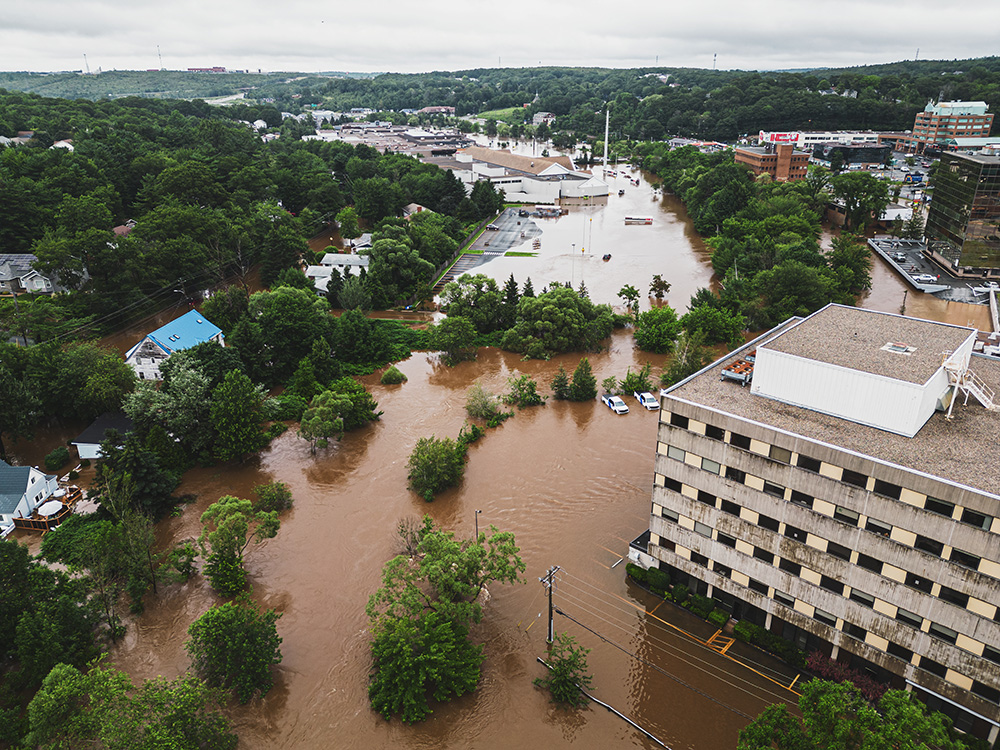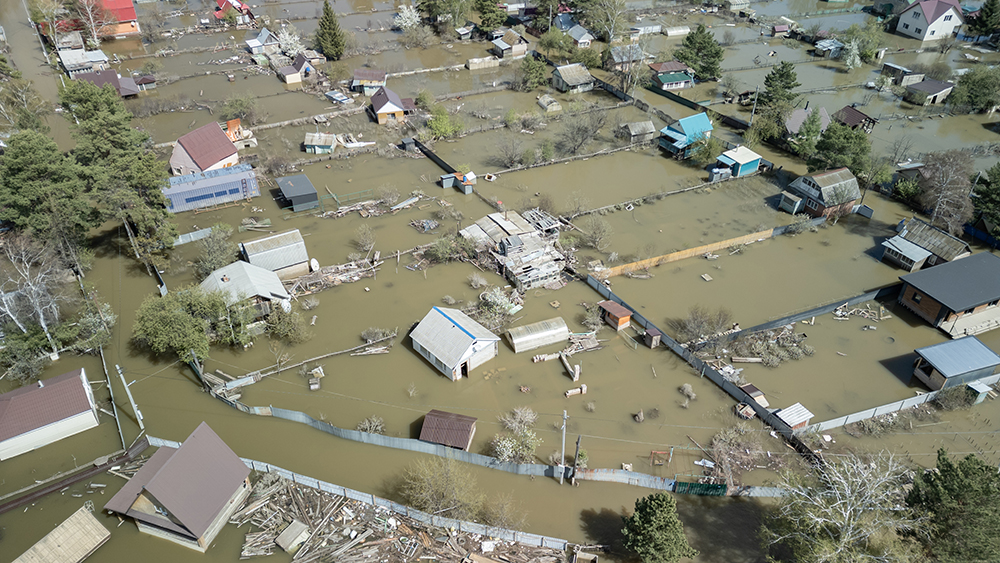Investing in Resilience: Canada Marks International Day for Disaster Risk Reduction
On October 10, Eleanor Olszewski, Minister of Emergency Management and Community Resilience, marked the International Day for Disaster Risk Reduction by emphasizing this year’s theme: “Fund Resilience, Not Disasters.”
WHY CHOOSING AN IICRC CERTIFIED PROFESSIONAL MAKES ALL THE DIFFERENCE
In today’s fast-paced world, property owners and managers face ever-evolving challenges when it comes to maintaining, restoring, and protecting their valuable assets. Whether it’s unexpected water damage, fire and smoke residue, hazardous mould, or other disaster cleanup, the stakes are high. You deserve to trust your property to professionals who go beyond the basics.
Strengthening Disaster Recovery: Ottawa Opens Resilience Hub
The Government of Canada has launched the Canadian Centre for Recovery and Resilience to help communities recover smarter and faster after disasters. In partnership with the Institute for Catastrophic Loss Reduction, the Centre offers expert guidance, training, and resources to support resilient rebuilding and future risk reduction.
After the Fire: How Smoke Damage Can Affect Your Business
Even a minor fire can disrupt your business, threaten occupants’ well-being, and cause lasting property damage if not addressed right away. Smoke infiltrates surfaces, often leaving hidden harm and polluting indoor air with hazardous particles. Its acidic nature rapidly destroys most materials, making swift smoke damage cleanup and restoration absolutely critical.
OTTAWA STEPS UP: $45.7M TO COMBAT WILDFIRE THREATS
As wildfires grow more intense across Canada, the federal government has announced $45.7 million in funding for 30 wildfire research and preparedness projects. Through Natural Resources Canada’s Foundational Wildfire Knowledge program, the initiative will improve risk assessments, adaptive forestry, and Indigenous-led fire stewardship.
DIFFERENT TYPES OF FLOODS IN CANADA
Floods can occur in any region of Canada, and with over 80% of Canadians living in urban areas—and 80% of major cities situated within flood zones—most of the population lives in flood-risk areas. Flooding is the costliest natural hazard in Canada in terms of property damage.
Canada Invests $6.8M in Flood Mapping to Strengthen Climate Resilience
The Government of Canada is investing $6.8 million in 20 new projects to enhance flood mapping and climate adaptation across the country. As flooding becomes more frequent and costly, these initiatives—part of the National Adaptation Strategy—aim to improve data, modelling, and integration of Indigenous Knowledge.







